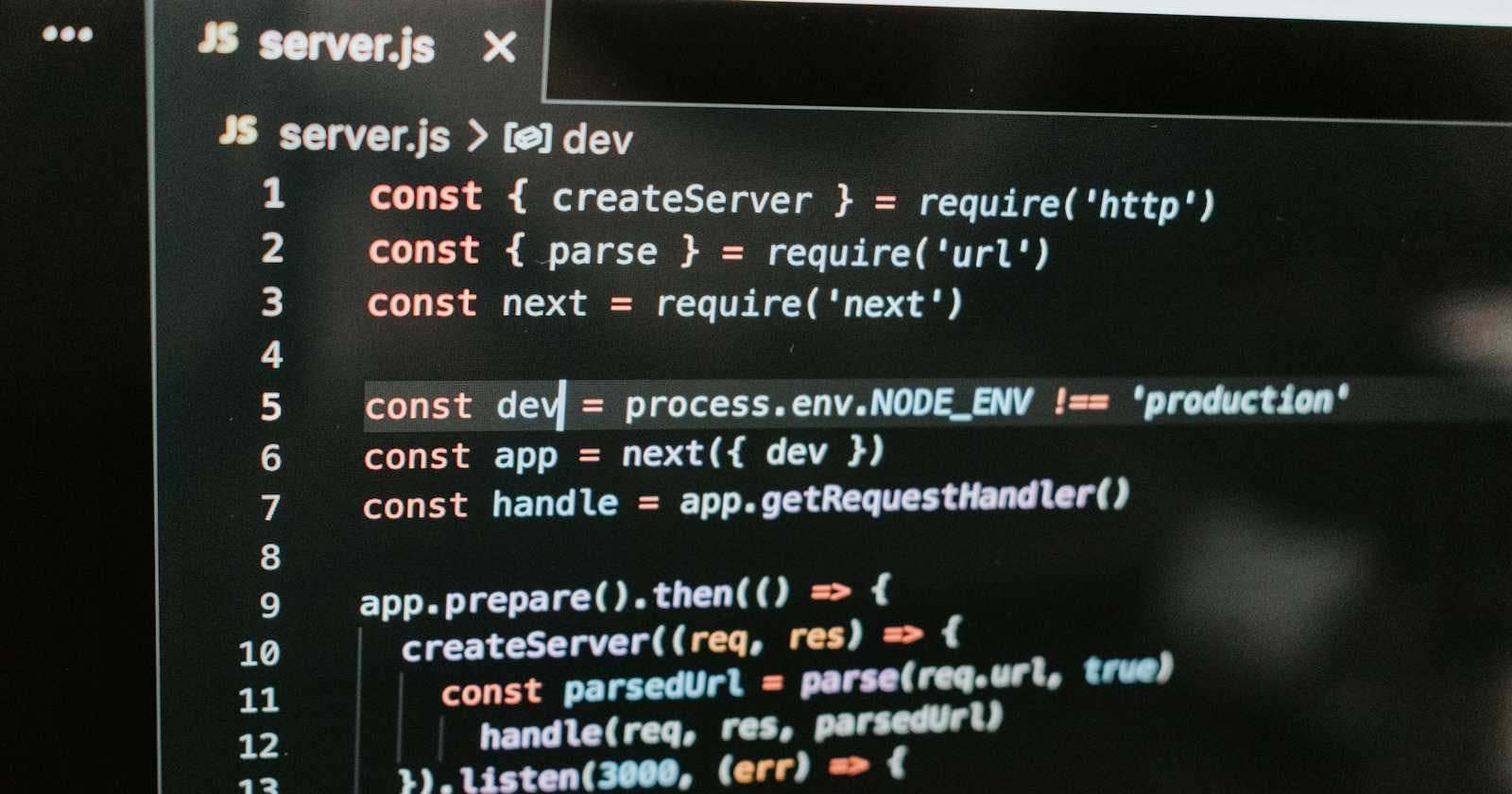Table of contents
- What is Next.js ?
- Why to use Next.js ?
- 1. Seamless Server-Side Rendering (SSR) and Static Site Generation (SSG)
- 2. Effortless API Routes
- 3. Dynamic Routing and Code Splitting
- 4. Built-in CSS and Sass Support
- 5. Developer Experience (DX) Enhancements
- 6. Vast Ecosystem and Community Support
- 7. Enterprise-Ready Solutions
- In conclusion, Next.js redefines modern web development by combining cutting-edge technology with intuitive design principles. Whether you're a seasoned developer looking to streamline your workflow or a business aiming to deliver exceptional digital experiences, Next.js offers the tools and capabilities to bring your vision to life with efficiency and elegance. So, why wait? Embrace the future of web development with Next.js today.
What is Next.js ?
Next.js is a popular open-source JavaScript framework that is used for building modern web applications. It is based on React, a JavaScript library for building user interfaces, and it extends React's capabilities by providing additional features and conventions to simplify the development process.

Why to use Next.js ?
1. Seamless Server-Side Rendering (SSR) and Static Site Generation (SSG)
Performance: With Next.js, you can effortlessly achieve server-side rendering and static site generation, resulting in blazing-fast page loads and optimal performance. This is crucial for enhancing user experience and search engine optimization (SEO).
SEO-friendliness: Search engines favor websites with fast loading times and meaningful content. Next.js empowers developers to create SEO-friendly applications by providing robust SSR and SSG capabilities out of the box.
2. Effortless API Routes
Backend Integration: Next.js simplifies backend integration by offering API routes that allow developers to build server-side logic effortlessly. This facilitates seamless communication between the frontend and backend, enabling the creation of dynamic and interactive web applications.
RESTful or GraphQL: Whether you prefer RESTful APIs or GraphQL endpoints, Next.js provides a flexible foundation for building and consuming APIs according to your project's requirements.
3. Dynamic Routing and Code Splitting
Dynamic Pages: Gone are the days of manually configuring routes for each page. Next.js automates routing, making it easy to create dynamic pages that adapt to user input and content changes.
Code Splitting: With Next.js, you can optimize performance by splitting your code into smaller chunks that are loaded on demand. This ensures that only essential resources are fetched initially, reducing initial load times and improving overall responsiveness.
4. Built-in CSS and Sass Support
Styled Components: Next.js seamlessly integrates with popular CSS-in-JS solutions like Styled Components, enabling developers to encapsulate styles within components for better maintainability and modularity.
Sass Integration: For projects utilizing Sass for styling, Next.js offers built-in support, allowing developers to leverage the power of Sass mixins, variables, and nesting without additional configuration.
5. Developer Experience (DX) Enhancements
Hot Module Replacement (HMR): Next.js leverages HMR to provide a delightful development experience, allowing developers to see their changes reflected instantly without a full page reload.
TypeScript Support: With TypeScript becoming increasingly popular in the JavaScript ecosystem, Next.js embraces this trend by offering first-class support for TypeScript, enabling developers to write more robust and maintainable code.
6. Vast Ecosystem and Community Support
Plugins and Extensions: Next.js boasts a vibrant ecosystem of plugins and extensions that extend its core functionality and streamline common development tasks.
Active Community: From Stack Overflow to dedicated forums and Discord channels, Next.js has a thriving community of developers who are eager to share knowledge, troubleshoot issues, and collaborate on projects.
7. Enterprise-Ready Solutions
Vercel Integration: Next.js seamlessly integrates with Vercel, providing a powerful platform for deploying, scaling, and monitoring production-grade applications with ease.
Security and Reliability: With features like automatic SSL, asset optimization, and built-in security headers, Next.js empowers businesses to deliver secure and reliable web experiences to their users.


